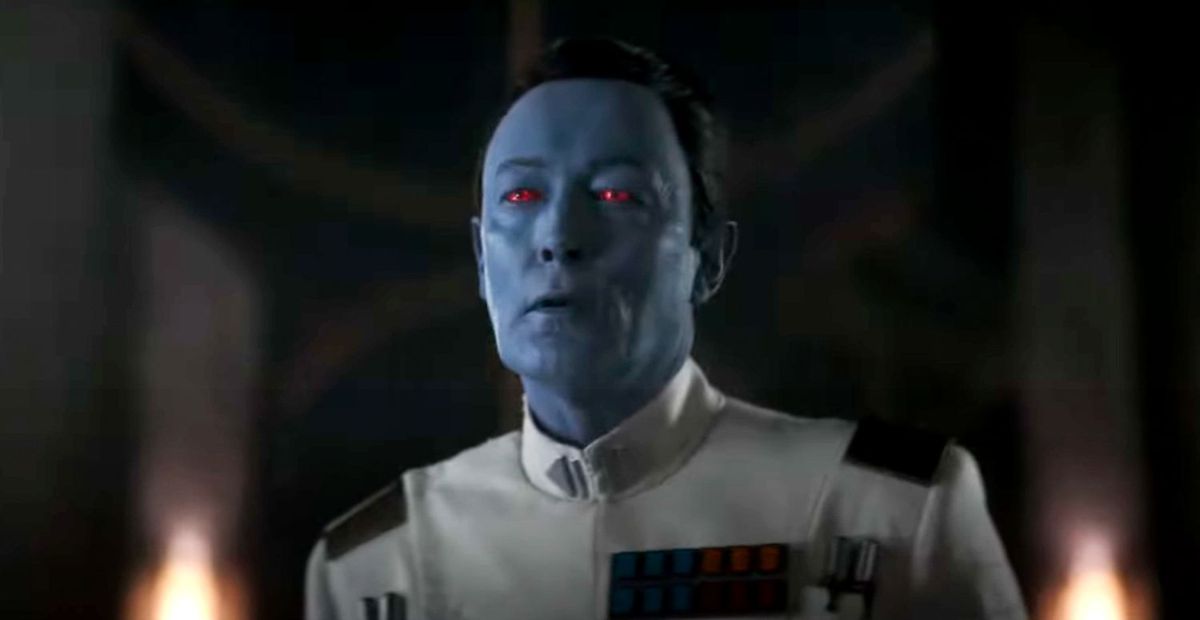Ever since Heir to the Empire and Rebels, Thrawn’s been the galaxy’s smartest tactician—turning art into strategy and making his enemies look clueless. Naturally, when Ahsoka brought him back, fans were hyped to see his genius in action again.
But not everyone’s sold. Some say his brilliance is missing. Is that fair? Let’s break it down.
The Critique: Thrawn’s “Dumbed-Down” Strategies
Fans loved Thrawn’s Rebels era—analyzing art, predicting moves, setting inescapable traps. Like his Lothal art studies—pure genius! But in Ahsoka, we don’t see much of that. Instead, Thrawn’s just trying to escape exile, and the lack of flashy strategy has some folks disappointed.
Why Thrawn’s Still Got It
Here’s the thing: Thrawn’s not working with the Empire’s endless resources anymore. He’s stranded on Peridea, stuck with limited troops and zero intel, facing Ahsoka (trained by Anakin), Ezra (already beat him once), and Sabine (a Mandalorian Jedi). Yeah, no pressure.
His focus shifts to survival—delaying the Jedi, escaping with his cargo, and rebuilding his fleet. It’s not flashy, but it’s clever. Like letting Sabine find Ezra, knowing she’d do his work for him. That’s classic Thrawn: minimal effort, maximum gain.
And he still wins. Sure, Ezra gets back, but Sabine tapping into the Force? No way anyone could predict that. Bottom line: Thrawn pulls off his escape despite terrible odds.
Could He Have Done Better?
Okay, I’ll admit: there were moments where Thrawn could’ve been sharper. For example, waiting in the tower instead of boarding the ship sooner? Rookie move. If he’d hopped on earlier, no way the Jedi could’ve intercepted him.
But maybe that’s the point. Thrawn’s genius shines when he’s in control. Here, he’s reactive, adapting to survive in a bad situation. It’s not Rebels-level brilliance, but it’s still Thrawn.

